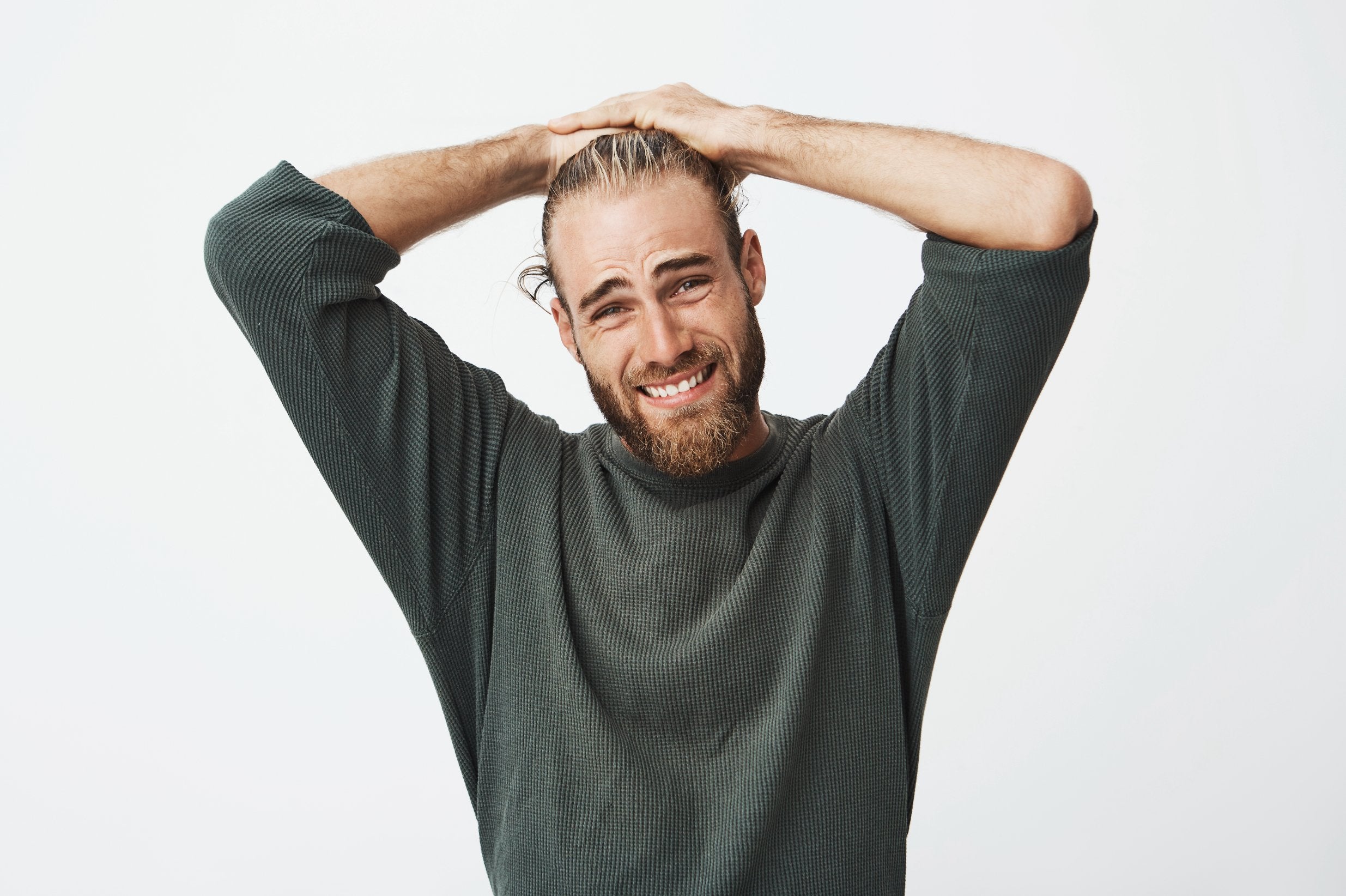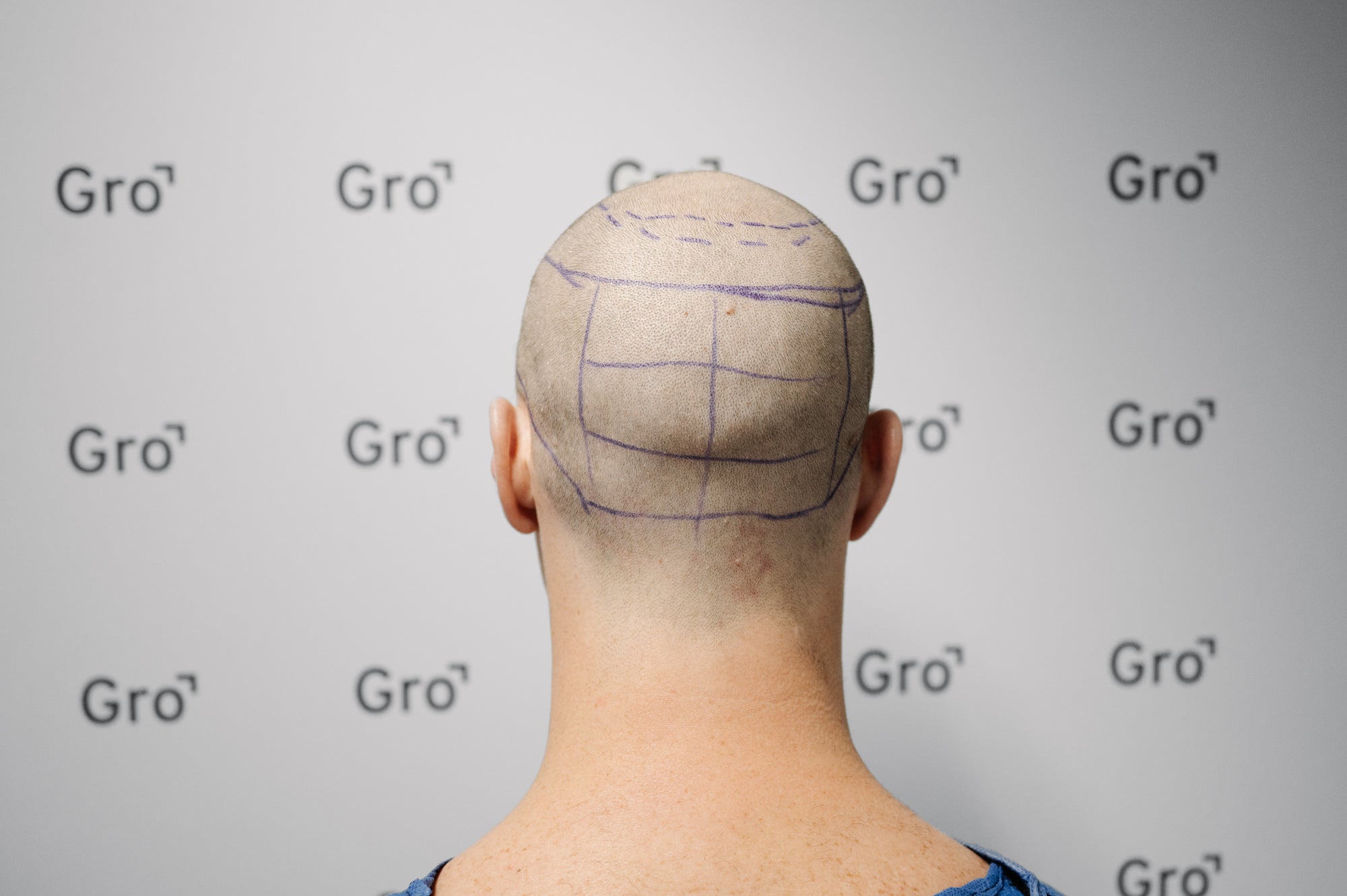Welcome back to Hair Loss 101! In our quest to untangle the mysteries of hair loss, we now turn our focus to the arsenal of treatments at our disposal. Today, we're zeroing in on two MVPs in the hair loss treatment game – minoxidil and finasteride. How do these treatments work their magic? Let's dive into the science.
Summary |
|
1. Minoxidil: From Blood Pressure to Hair Growth
Originally developed as a medication for high blood pressure, minoxidil's hair growth properties were a serendipitous discovery. When applied topically to the scalp, minoxidil works wonders, but how?
Vasodilation and Increased Blood Flow: Minoxidil is a vasodilator, meaning it widens blood vessels. This action improves blood flow to the scalp and hair follicles, providing them with more oxygen, nutrients, and essential growth factors.
Stimulating Hair Follicles: By increasing blood flow, minoxidil directly stimulates hair follicles, moving them from the resting phase (telogen) into the growth phase (anagen). This shift not only promotes the growth of new hair but also helps in lengthening and thickening existing hairs.
The Unknowns: Interestingly, the exact mechanism by which minoxidil stimulates hair growth remains partially a mystery. However, its effectiveness is well-documented, making it a popular choice for treating hair loss, particularly in cases of Androgenetic Alopecia.
2. Finasteride: Tackling Hair Loss at its Hormonal Source
Finasteride operates on a completely different principle. It targets hair loss at its hormonal source – Dihydrotestosterone (DHT).
Inhibiting 5-alpha-reductase: Finasteride works by inhibiting the enzyme 5-alpha-reductase. This enzyme is responsible for converting testosterone into DHT. By reducing the production of DHT, finasteride effectively slows down the hair loss process.
Preventing Follicular Miniaturisation: DHT binds to susceptible hair follicles, causing them to shrink (miniaturise), which over time leads to thinning hair and baldness. By lowering DHT levels, finasteride can prevent or slow down this follicular miniaturisation.
A Long-term Commitment: Finasteride is a long-term treatment. It can take several months to show results, and continuous use is typically necessary to maintain its benefits.
3. Minoxidil and Finasteride: A Dynamic Duo
When used in combination, minoxidil and finasteride can be a potent duo against hair loss. Minoxidil boosts hair regrowth from the outside, while finasteride works from within to reduce the hormonal cause of hair loss. This dual approach can be more effective than using either treatment alone.
4. Are They Right for Everyone?
While these treatments have helped countless individuals, they’re not suitable for everyone. Factors like the cause of hair loss, medical history, and individual response play a role in their effectiveness. Additionally, both treatments can have side effects, and finasteride is typically only used for male pattern baldness.
5. The Gro Clinics Approach
At Gro Clinics, we understand that hair loss is a complex issue, and there's no one-size-fits-all solution. We believe in a personalised approach, assessing each individual's situation to recommend the most effective treatment plan, whether it includes minoxidil, finasteride, or other options.
Minoxidil and finasteride are powerful tools in the fight against hair loss, each with its unique mechanism of action. Understanding how they work helps demystify the process of hair restoration and empowers you to make informed decisions about your treatment. In our next Hair Loss 101 post, we'll explore other innovative treatments and dive deeper into your journey towards a fuller head of hair. At Gro Clinics, we’re committed to providing you with the knowledge and care you need for a successful hair restoration journey.
Ready to take the next step? We have clinics all around Australia and New Zealand including:
- hair transplant in Brisbane
- hair transplant in Gold Coast
- hair transplant in Sydney
- hair transplant in Melbourne
- hair transplant in Perth
- hair transplant in Auckland
- hair transplant in Pacific Fair
Why not give us a call on 1300 787 563 to start your hair growth journey.












